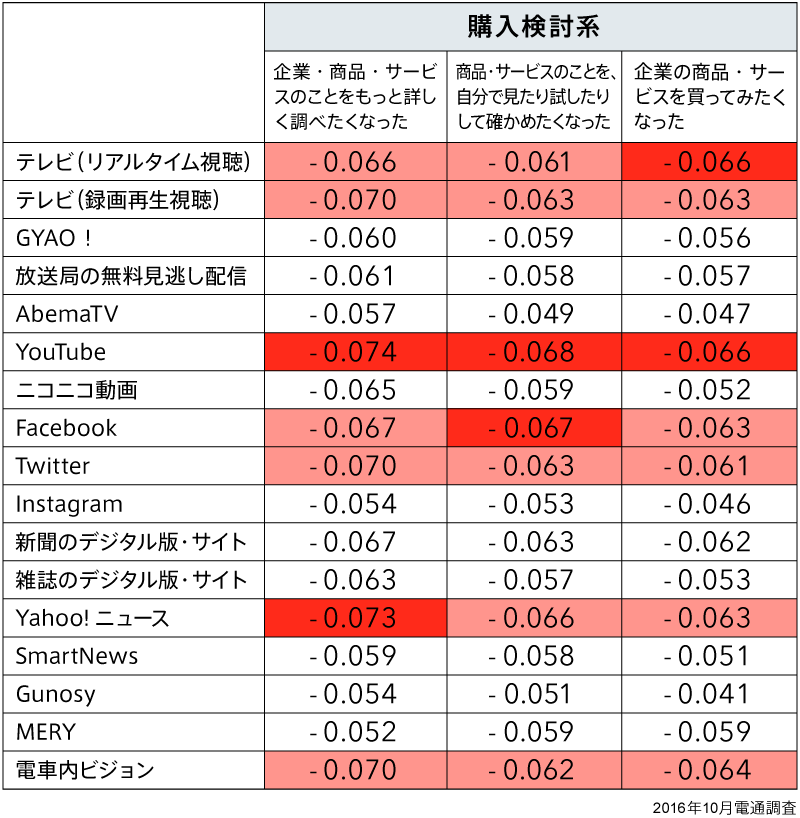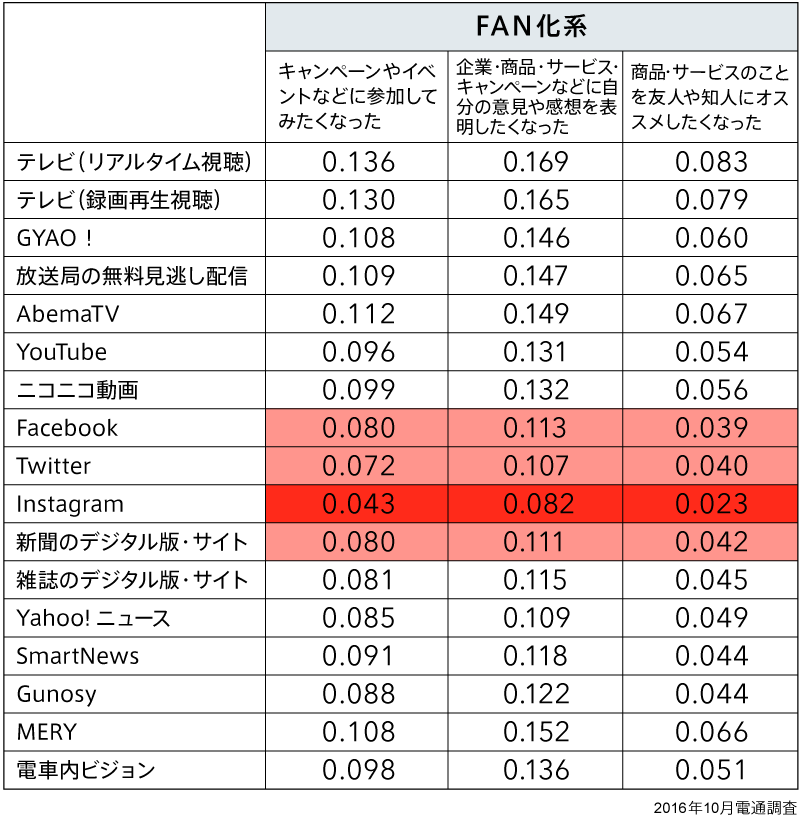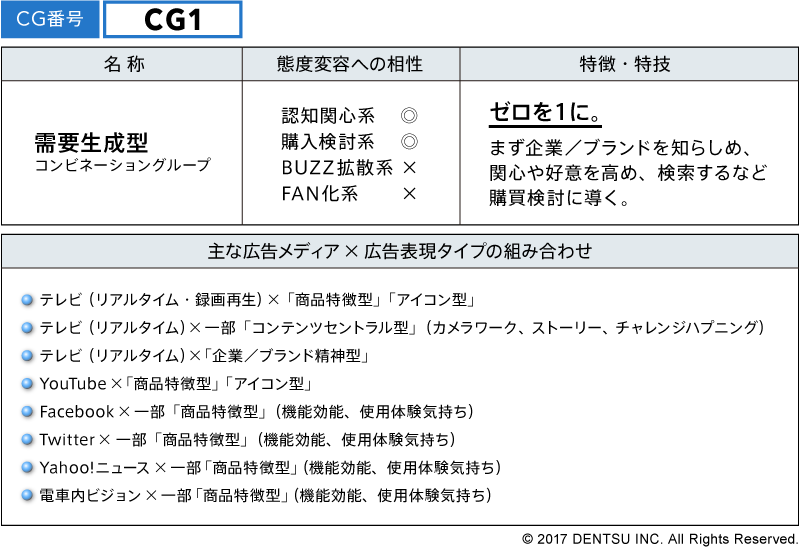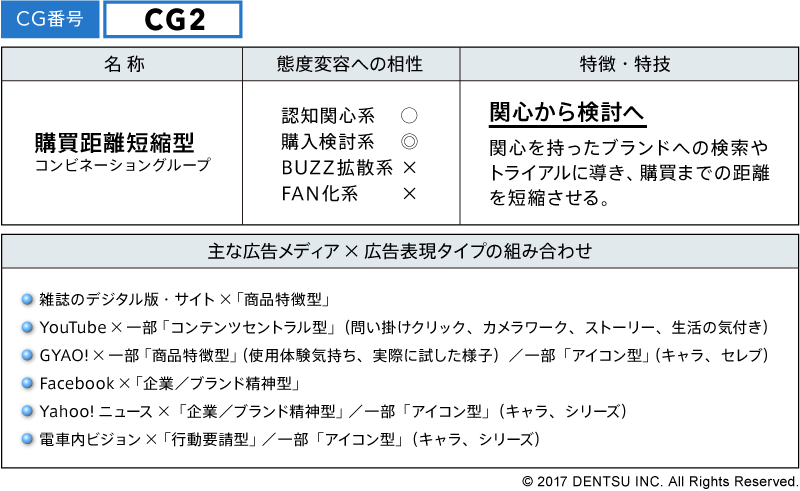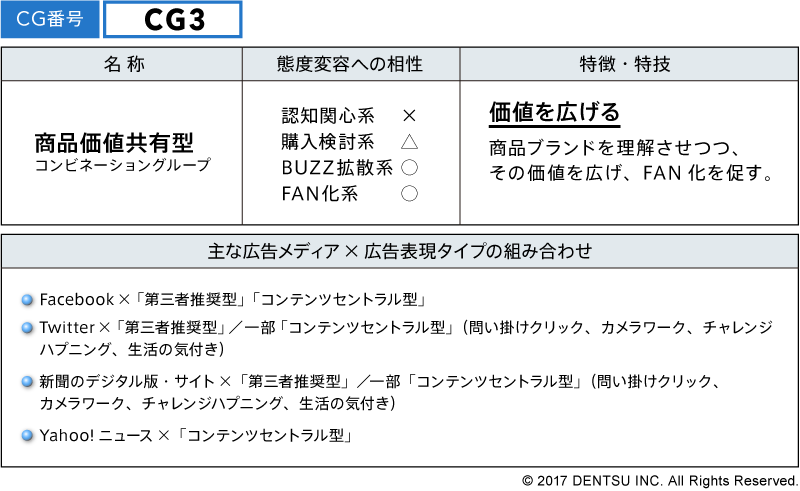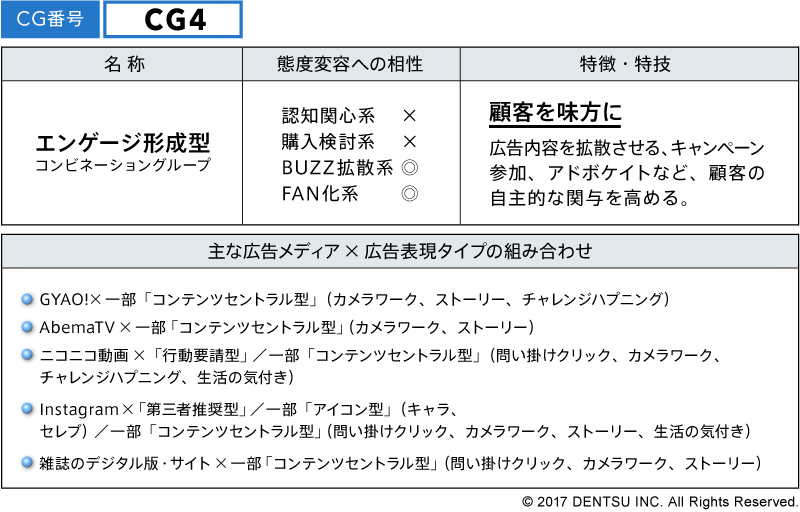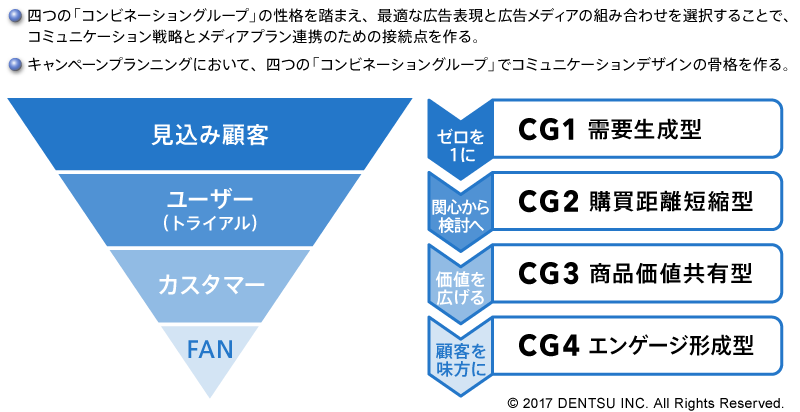【How to Use These Guidelines】
1. Select a CG with matching "characteristics/skills" based on the campaign's marketing objectives and the desired attitude change.
2. From the combinations belonging to that CG, select the video media and advertising expression type.
That's all.
Details of the Four Combination Groups
CG1 "Demand Generation Type"
This group has high affinity from "Awareness/Interest" to "Purchase Consideration."
It increases interest in and favorability toward the company/brand, leading to "purchase consideration actions" like searches. This CG is particularly crucial for new product/service campaigns. It can play a vanguard role, taking the first step in building relationships with consumers.
Noteworthy is that CG1 encompasses a wide range of advertising expression types for the "TV (real-time viewing)" medium, including "Product Feature Type," "Icon Type," "Part of Content Central Type," and "Company/Spirit Type." This flexibility in linking brand awareness and purchase through diverse advertising expressions appears to be a key advantage of TV in communication strategy.
The comfortable viewing environment in living rooms, the mental space afforded by the distance from the screen, and established viewing habits may foster an open-minded acceptance of advertising. As digital advertising advances with increasingly sophisticated targeting, the nature of non-targeted TV commercials deserves renewed attention.
Additionally, on "YouTube," "Product Feature Type" and "Icon Type" belong to CG1, while on media like "Facebook," "Twitter," and "digital editions of newspapers," a combination of "Part of Product Feature Type" belongs to CG1.
CG2 "Purchase Distance Reduction Type"
As the name suggests, this group is particularly strong at driving attitude shifts related to "purchase consideration." It is also strong in the "awareness/interest" category.
It heightens purchase desire for brands that have already captured interest, guiding consumers toward consideration actions like searching or trialing. The concept is to shorten the distance to the goal of purchase.
CG2 frequently combines with advertising expressions like "Product Feature Type" and "Icon Type" on media platforms with somewhat segmented users, such as "digital magazine editions/websites" and "video streaming services."
In other words, within somewhat active media engagement, even the same advertising expression tends to be perceived as "more personalized product information." In traditional media terms, this group likely functions similarly to magazine advertising.
CG3 "Product Value Sharing Type"
This group shows particularly high affinity for attitude changes like "BUZZ diffusion" and "FAN conversion." It also has moderate affinity for "purchase consideration" types.
It can be expected to gradually permeate brand value into consumers' minds, such as "spreading the ad" and "getting them to like the company brand."
Within this group, we frequently see combinations with advertising expressions like "third-party recommendation" and "content-central" formats, particularly on SNS platforms such as "Facebook" and "Twitter," as well as text-based news media like "digital newspaper editions/sites" and "Yahoo! News." When ads are accepted within these kinds of "public spaces" like SNS and news sites, it seems likely that, in addition to interest in the product, a sense of social resonance is easily generated.
The ads placed there also align more frequently with "non-direct product appeal" types like "third-party recommendation" and "content-central" formats.
CG4 "Engagement Formation Type"
This group is the exact opposite of CG1, excelling specifically in attitude changes related to "BUZZ diffusion" and "FAN conversion."
Rather than focusing on awareness or purchase intent, it boosts effects that enhance customers' voluntary engagement—such as "spreading ads," "campaign participation," and "expressing brand support"—effectively turning customers into allies.
It effectively addresses contemporary marketing challenges like "enhancing LTV (Lifetime Value) by improving customer quality."
It's striking that the SNS "Instagram" belongs to this CG category when combined with many ad expression types, showing high affinity for both BUZZ diffusion and FAN conversion attitude changes. This likely stems from its image as a platform for sharing personal sensibilities, unaffected by marketing interests. Even advertisements, if they strike a chord, can be accepted like favorite posts and foster empathy.
Furthermore, many combinations involving video-based media like "GYAO!", "AbemaTV", and "NicoNico Douga" with the "Content Centralized Type" belong to CG4.
Spreading BUZZ and converting users into FANS requires a certain level of "self-projection" from consumers, making it inherently a high-barrier attitude change. CG4, which addresses this, holds rare value and should be leveraged effectively.
Fusing "Media Strategy" and "Communication Strategy" within the Combination Group!
One final point. By leveraging the CGs identified this time, we believe it may also be possible to bridge the often fragmented "communication strategy" and "media strategy."
When envisioning a funnel that progressively upgrades customers—"Prospect → Trial User → Customer → Fan"—each CG corresponds as shown in Figure 6.
Figure 6: Combination Groups Corresponding to Each Stage of the Funnel
This approach can also provide insights into the question: "How should we combine media and advertising expressions for each phase?"
Gaining a Perspective on Differences Through "Food and Plates"
Using the analogy of food and plates, I've shared my thoughts on video advertising based on research findings.
With the growth of digital media and advancements in ad technology, the scale of "video advertising" as an ad format continues to expand rapidly. Amidst this, I had the impression that while reach and efficiency of video ads are discussed, differences in attitude change are rarely debated.
Looking back, during the era of the four traditional media (newspapers, magazines, radio, and television), there was a certain consensus between clients and advertising agencies regarding the distinct roles of each medium and the advertising expressions suited to them. While this consensus might have been based on experience and intuition, I recall it being quite useful.
This paper presents the results of an experiment using research and statistical analysis to explore whether the same can be done for video advertising.
We hope this serves as a catalyst for strategic planners, creatives, media planners, sales teams... all the "video advertising chefs" who consider video ads as solutions.
"CM Types and Attitude Change in Video Advertising Media" Survey Overview
● Survey Area: Nationwide
● Survey Method: Web-based survey
● Survey Period: October 2016
● Target Age Group: Men and women aged 15 (high school students and above) to 59
● Target Criteria: Respondents must use "7 or more" of the media types covered in this survey "at least once a week"
● Sample Size: 2,301 (excluding respondents with identical answers)
【Contact】
Dentsu Inc. Media Innovation Research Department
infomedia@dentsu.co.jp





